Segmenting consumers in a complex world of changing demographics & media choices
With the Market Research Society of India (MRSI) announcing the adoption and implementation of its latest Socio-economic Classification System, ‘ISEC’, there are intense discussions on targeting and segmenting consumers among different stakeholders – be it advertisers, brands, research agencies, ad agencies and various industry bodies.
The growth in GDP and income, penetration of consumer durables, and ownership of vehicles has witnessed a significant increase, leading to the current socio-economic classification becoming less discriminatory and more volatile. The need to redefine the key variables led to the formation of a more stable, and more robust construct, ‘ISEC’.
The MRSI also held a panel discussion to bring to the fore key industry insights on segmentation, which was moderated by Shuvadip Banerjee, Chief Digital Marketing Officer, ITC Ltd, and General Secretary, MRSI. The panellists included: Amit Adarkar, CEO, IPSOS India; Jasmine Sachdeva, Managing Partner, Wavemaker India; Muralidhar Salvateeswaran, Chief Operations Officer, Insights APAC, Kantar; Rajiv Dubey, Head of Media, Dabur India; Vivek Malhotra, Group CMO, India Today Group; and Vinay Virwani, Head - Consumer Insights, Dabur India.
At the outset, Shuvadeep Banerjee noted how marketing today has become complex and exciting and expanded in the way we knew marketing a few years back.
Speaking on the complexities of marketing, Jasmine Sachdeva noted, “Getting the same guy, the same growth, the same parameters that we were able to target is not the same. We are dealing with somebody who’s had so many choices and we have to reach out to them very differently and very uniquely. Their media consumption or their advertising receptiveness has changed dramatically ad complexity is the word that we would use. There was time when we would have just 20 channels in our campaign and we would say that we have met everybody. But today, it’s definitely a big challenge to get to that audience.”
Being a part of the research agency ecosystem, Amit Adarkar felt that one thing which was fairly missed out or not enough attention was paid to was the changes in the country’s demographics. “We’ve always had this perception of India being a certain kind of nation – 70% of the population staying in villages with certain level of affluence, but in the last five years and perhaps the next five years there’s this huge demographic change that this country is undergoing. And to that extent we are going to the people as consumers/ customers – exactly who we speak to and how do we take into account the changing role plays within the household, for example, relative role play of men versus women and how decision making is happening in the household levels. These things are very fascinating because in market research, unless you speak to the right person and ask the right kind of questions, any amount of analysis that you do is pretty much not worth anything. That’s one thing that we miss out – demographics is a big change happening for the country and that for me is a big challenge – how do you address that.”
Rajiv Dubey said how over the last 30 years he has witnessed the change in the demographics in India, along with change in people’s habits as well as the entire construct of media. “But the business challenge for everyone is the same, which is growth – more growth and more business. Look at the way consumers have behaved in this country – when I look back to the early 90s, penetration of oral care or toothpaste was 60%-65%, which has reached aout 90% now. Haircare brands such as shampoos, etc., were also at about 60%-65%, which has now reached 99%. There is saturation happening in a lot of categories, so challenges o growth are immense. That’s one side of business.”
Continuing further, he said, “The second side is the challenges and complexities in media, in the sense that there are so many ways that one can target the same consumer, which is becoming more and more challenging, along with getting growth for your own brands.”
Speaking from a media industry perspective, Vivek Malhotra said, “For us, the most important thing is the single view of the customer which has become more elusive by the day. When I had started, it used to be Radio, Newspaper, TV, but today when you think you have sort of cracked the consumption pattern on YouTube, you suddenly have something which is a Whatsapp channel and people start following it. Then you realise that having one view of the customer-only channel is still a very farfetched dream. That, to me, is the biggest complexity and the big challenge –how do you segment the consumer so that you can service them better?”
According to Muralidhar Salvateeswaran, there is a complexity in the consumer itself to start with – complexity in terms of the way they make decisions today, which is no longer linear, and the way they make choices for one category versus another category. “You can’t bucket them into being a premium customer or a mass customer – they can be premium for some category which is of relevance for them, and they could be mass for something else. The whole complexity of how they make choices and what influences those choices beyond conventional marketing activities, is the biggest piece to look for. Of course, it is linked to targeting, but it is beyond targeting to understand what the complexities are,” he added.
For Vinay Virwani, what has really changed over the last few years is this whole mass customisation that has happened, because of e-commerce and D2C players. “While, of course, there are complexities, I would say that it has also enabled ecosystems which are able to have very sharp targeted products. For example, there are many D2C players that have very focussed benefit products and have been able to target the consumers in a very precise way. Earlier we only had the TV medium, where we couldn’t sharp target people accordingly, and the cohort targetting has simplified that way.”
Moving on to GenZ and Gen Alpha, Virwami remarked that their whole perspective was very different. They are going to be the future consumers, and suddenly things like sustainability and product recycling are the kind of values that have become much more important for them. “How do we as an organisation do all of this and at the same time remain profitable and have bottomline growth as well – that is a challenge,” he added.



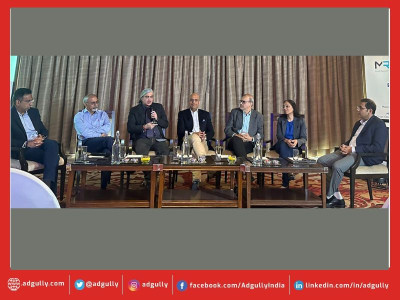
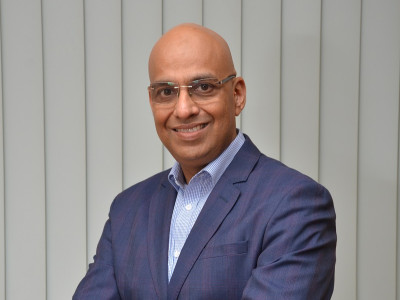
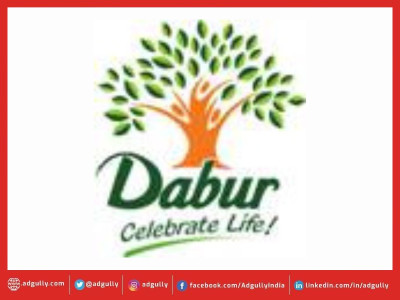
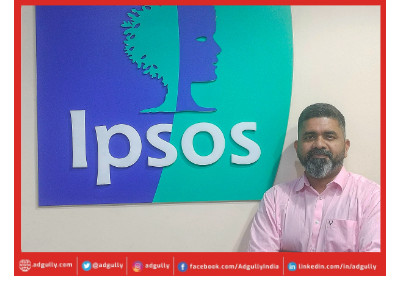

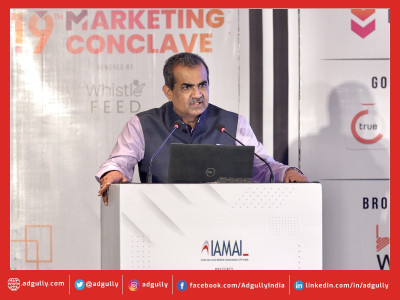
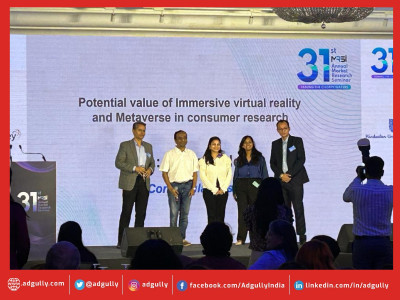



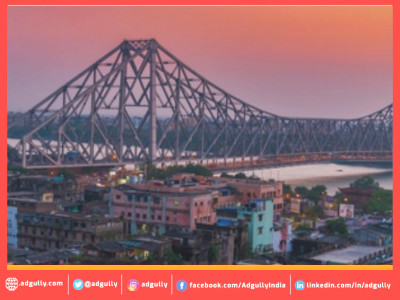
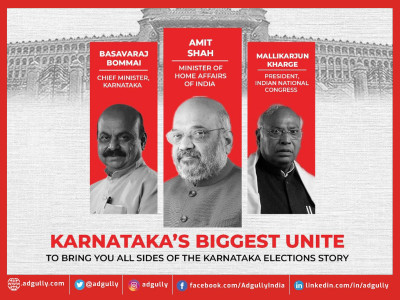
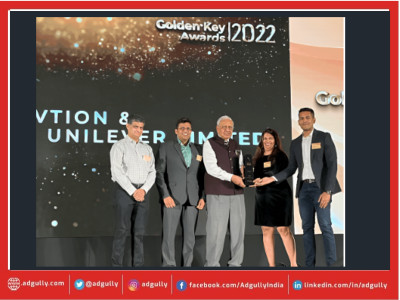


Share
Facebook
YouTube
Tweet
Twitter
LinkedIn